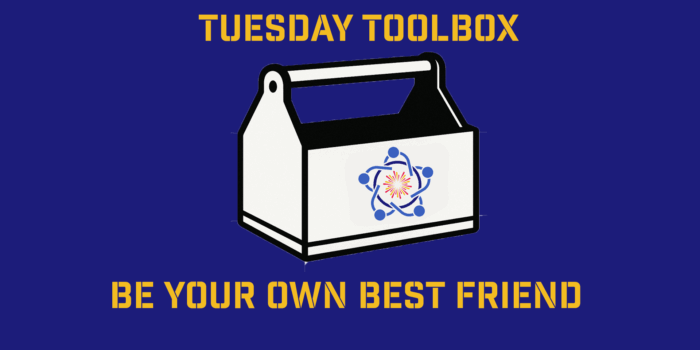By Renee Goyeneche—
It’s every company’s dream to fill their ranks with talented employees; people who invest in their work and are, at the same time, highly competent and efficient. As a standalone, a star employee’s work is valuable, but as part of a team, they also fulfill another critical role: leading by example. Smart companies know that hiring someone who sets an ambitious work pace and offers inspiration and guidance to others can be one of their best investments.
However, what’s less commonly recognized is the need for a synergistic relationship. While data shows that roughly 75% of employers view collaboration as important, approximately 40% of employees categorize their company’s collaboration efforts as “insufficient.” When a team struggles, it’s especially taxing for high-achieving employees because, as a rule, they tend to overcommit and are more likely to burn the midnight oil. Without the support of an outstanding team, the “grind” quickly leads to exhaustion and burnout. However, it’s not just the rock stars that suffer when teams fail to thrive. Studies show that professional overwhelm is an issue across the board. A 2021 American Psychological Association study reveals that 66% of the employed rank work as a “very/somewhat significant source of stress”—higher than any other category, including money and health concerns. This number closely mirrors the two previous years, 2019 and 2020, where work also landed at the top of the list.Interestingly, “engaged” employees—those who view their jobs as more than a paycheck—are less likely to describe their jobs as stressful. Following this thread, data also shows that engaged workers who are part of a strong team are statistically even happier in their work. They demonstrate higher levels of innovation, exhibit stronger individual performance and are more productive. This “formula for success” can be measured via comprehensive business metrics, which evaluate the strength of a company’s human resources, among other factors.
In addition to talent levels, the human resources metrics assess key performance indicators (KPI’s) like employee satisfaction, employee retention, and employee feedback. It comes down to this: direction from the top determines whether people are in an engagement-creating or an engagement-destroying environment. Leaders looking to develop unstoppable teams need to do two things well—provide a clear vision for their team and demonstrate superior emotional intelligence. Workplace barriers, both literal and figurative, can be stripped away by effective leaders. One of the most critical factors in a workplace is its corporate culture, which significantly impacts employee satisfaction and the level of perceived psychological safety. Psychological safety refers to the consequence of an interpersonal risk; for example, will an “out of the box” suggestion be received as innovative or disruptive? If an employee asks a question, is the effort to learn appreciated, or will the person be made to feel ignorant or incompetent?Good leaders pay attention to whether their organization encourages or squashes differing opinions or ideas. Does it discourage discourse, either inadvertently or deliberately? Is thought diversity rewarded, dismissed, or responded to with hostility? People thrive professionally in an organization that provides a strong vision but allows for the idea that growth may require a reevaluation of the status quo.Effective team leaders reflect this growth mindset. They build their teams with the expectation of success but know that a positive environment, built on a foundation of encouragement, yields the best long-term results.
The strongest leaders:
- Are transparent in their communications. Rather than barking orders, a good leader provides information on the why and how whenever possible. When people are informed, they can better understand the significance of their role and are more likely to become personally invested. Research proves that companies with effective communication have much higher talent retention numbers.
- Hold themselves accountable for results, but celebrate team and individual success. Wins throughout the journey help keep people motivated toward the end goal, and recognition is high on the list of things that make employees feel valued.
- Create an environment of mutual respect and solidarity among their employees. Groups with a strong team identity understand and value the role of each member. They realize that everyone brings a unique skill set to the table and will excel if allowed to play to their strengths.
- Are emotionally aware. They notice and respect their team members’ feelings and foster a psychologically safe environment. More than any other factor, our interpersonal relationships influence the happiness of not only our careers, but our lives.
If you want to be a great leader, build a great team, and work to facilitate cooperation and support. Ultimately, a company’s success comes down to its people, and their ability (and desire) to work together toward a common goal.



